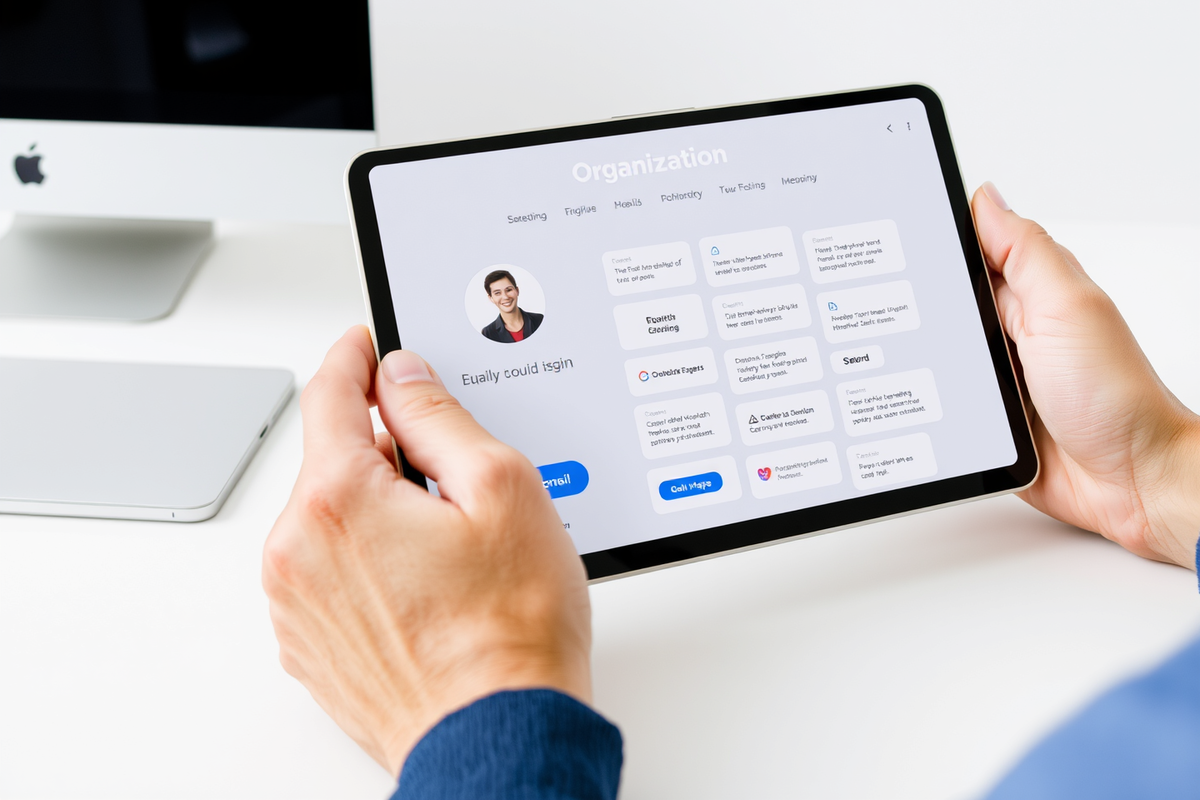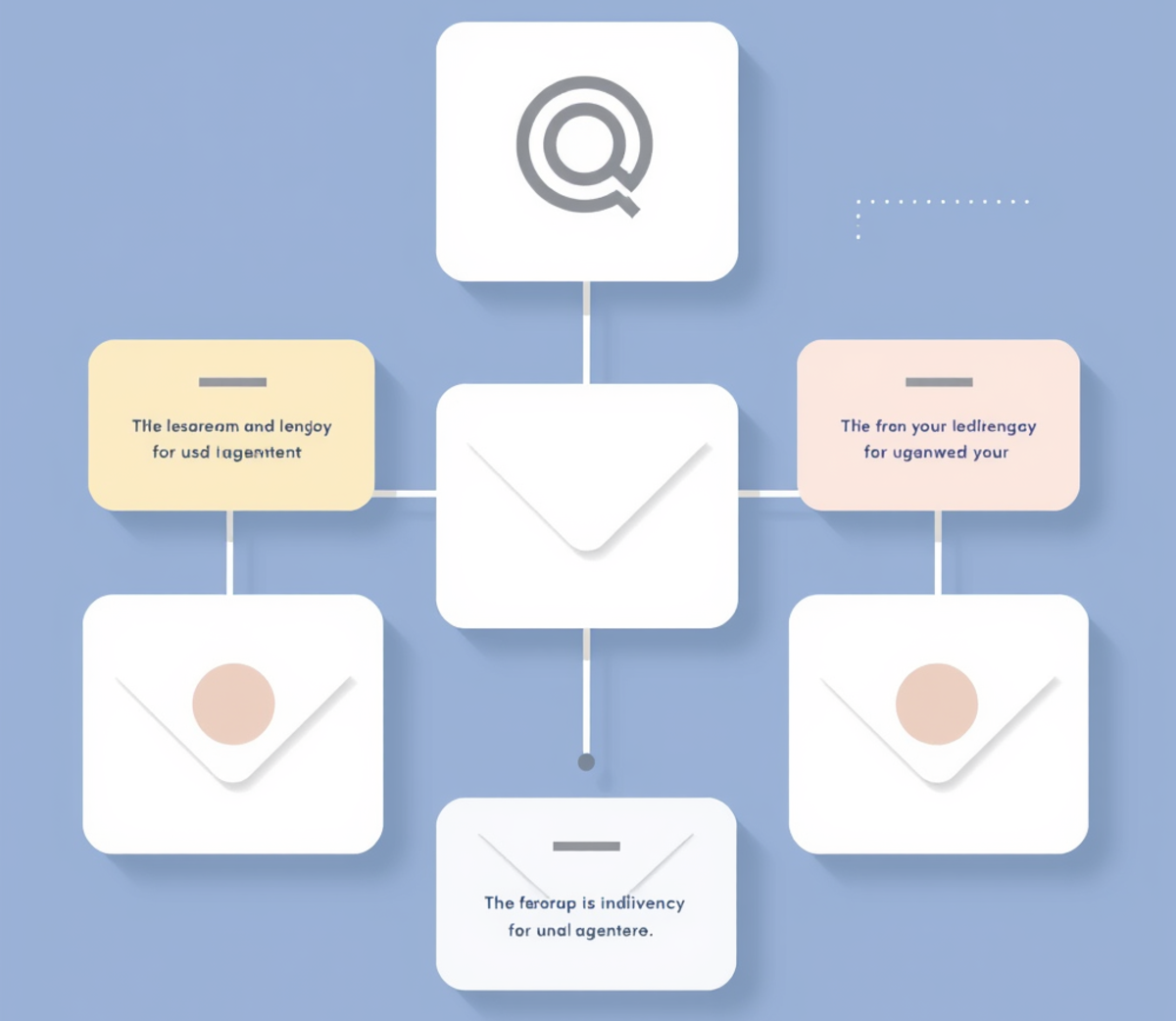
How to Organize Your Email: A Guide to Efficient Email Management
In today’s digital age, email remains one of the most crucial forms of communication, both personally and professionally. However, as our inboxes fill with messages, managing them can become overwhelming. An organized email account not only saves time but also enhances productivity. Here are some effective strategies for organizing your email and the benefits you can gain from them.
- Create Folders and Labels: One of the simplest ways to organize your email is by using folders and labels. Most email services allow you to create custom folders to categorize your messages. You can create folders for different projects, clients, or even personal matters. Similarly, labels can help you tag emails for easy retrieval. This method allows for quick access to important emails and helps you avoid the frustration of searching through a cluttered inbox. It also provides a visual structure, making it easier to manage different areas of your life.
- Use Filters and Rules: Filters and rules automate the organization process. Most email platforms allow you to set up rules that automatically sort incoming messages into designated folders based on specific criteria, such as sender or subject line. By automating email sorting, you can minimize distractions and focus on your most important messages. This not only saves time but also helps maintain a clearer mind as you won’t be bombarded with irrelevant emails.
- Prioritize Your Inbox: Not all emails are created equal. Some require immediate attention, while others can wait. Use the "star" or "important" features in your email service to highlight urgent messages. You can also create a "To-Do" folder for emails that require action. Prioritizing your inbox helps you tackle important tasks first, reducing stress and ensuring that critical communications don’t fall through the cracks. This approach promotes better time management and efficiency in handling emails.
- Unsubscribe from Unwanted Newsletters: Instead of constantly checking your email throughout the day, set designated times for reviewing your inbox. This practice can significantly enhance your productivity. By limiting email checks, you can minimize distractions and focus on your tasks. This structured approach can lead to better concentration and a more productive workday.
- Set Specific Times for Checking Email: While the "Reply All" function can be useful, it can also lead to unnecessary clutter in everyone's inbox. Use it judiciously; only include those who need to be part of the conversation. If your response is relevant to only one person, reply directly to them instead. This practice respects the recipients' time and keeps communications streamlined.
- Archive Old Emails: Instead of letting old emails pile up in your inbox, consider archiving them. Most email services offer an archive feature that allows you to store messages without deleting them. You can always search for archived emails later if needed. Archiving helps maintain a clean inbox while still retaining important information. This minimizes clutter and provides peace of mind, knowing that you can retrieve old messages when necessary.
Conclusion

In conclusion, avoiding these common mistakes can significantly improve the effectiveness of your professional emails. By ensuring clarity, considering the recipient, formatting properly, proofreading carefully, using "Reply All" wisely, maintaining professionalism, and including clear calls to action, you can enhance your communication skills and foster better relationships in the workplace. Remember, a well-crafted email can make a lasting impression and contribute positively to your professional image.